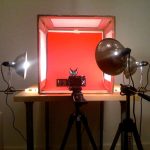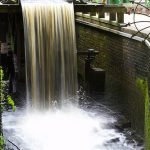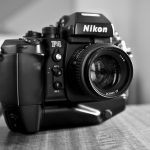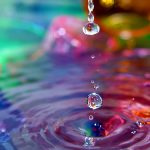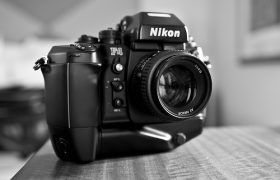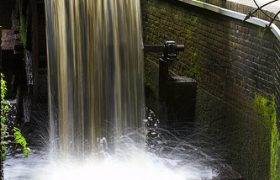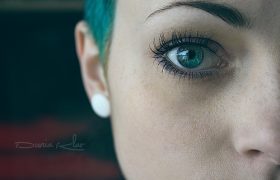The key to taking good photographs is to always remember that lighting is the most important thing. Think about lighting all the time. It does not matter what the source of the lighting is, but it is the elemental part of any photograph. Use the sun, a streetlight, a spotlight or even the computer screen to capture any light and make a great photograph.
If you want to take high quality portraits, do not rely on your camera’s built in flash. Instead you want to look at investing in a softbox to use for external lighting. If you can’t afford this, look into purchasing an external flash unit with a diffuser for your camera.
When photographing portraits, isolate your subject. Use a medium telephoto lens or the medium telephoto setting on your zoom. That, combined with a large aperture (try f/4 or larger), blurs the foreground and background. Focus on the eyes. Use diffused lighting for a flattering look. If outdoors, wait for an overcast sky or shoot with the subject in the shadows and the sun at your back.
When working in low lighting conditions, many digital cameras have a built in flash feature that pops up automatically. This is good for random, candid shots, but if you want a professional look, invest in a flash that is external and offers more lighting. Ensure that there is a “hot shoe”, or port that allows external flash, on top of the camera. Most devices available can sync perfectly with compatible cameras.
If you do not have a tripod available to use for low lighting situations, try using your motor drive. Try to turn it up to high and then proceed to take a series of shots. Disregard the first shot and go ahead and keep the others that will always be sharper than the first.
Practice a lot whenever you are working with new backdrops or subjects. It’s crucial to get a good feel for how you can use your surroundings to your advantage before you begin snapping pictures. Try taking pictures at different times of the day to get a different lighting.
To get an interesting photograph, play around with the lighting. If the natural lighting is not perfect, do not feel the need to resort to your camera’s flash. Play with the shadows on the scene, or move your subject into the light and let the darkness eliminate the background behind them. There are many ways to play with light that might initially seem less than favorable but work out well in the end.
Sometimes, the available lighting can just not provide you with a good situation for a landscape photo. There will be times in which it is impossible to get an ideal shot. So, what are your options? Try using a program, like Photoshop, to create a gradient filter to counterbalance any contrasting light.
These tips should give you a good basis for taking better pictures. Take your time to learn and enjoy becoming a skilled photographer.

